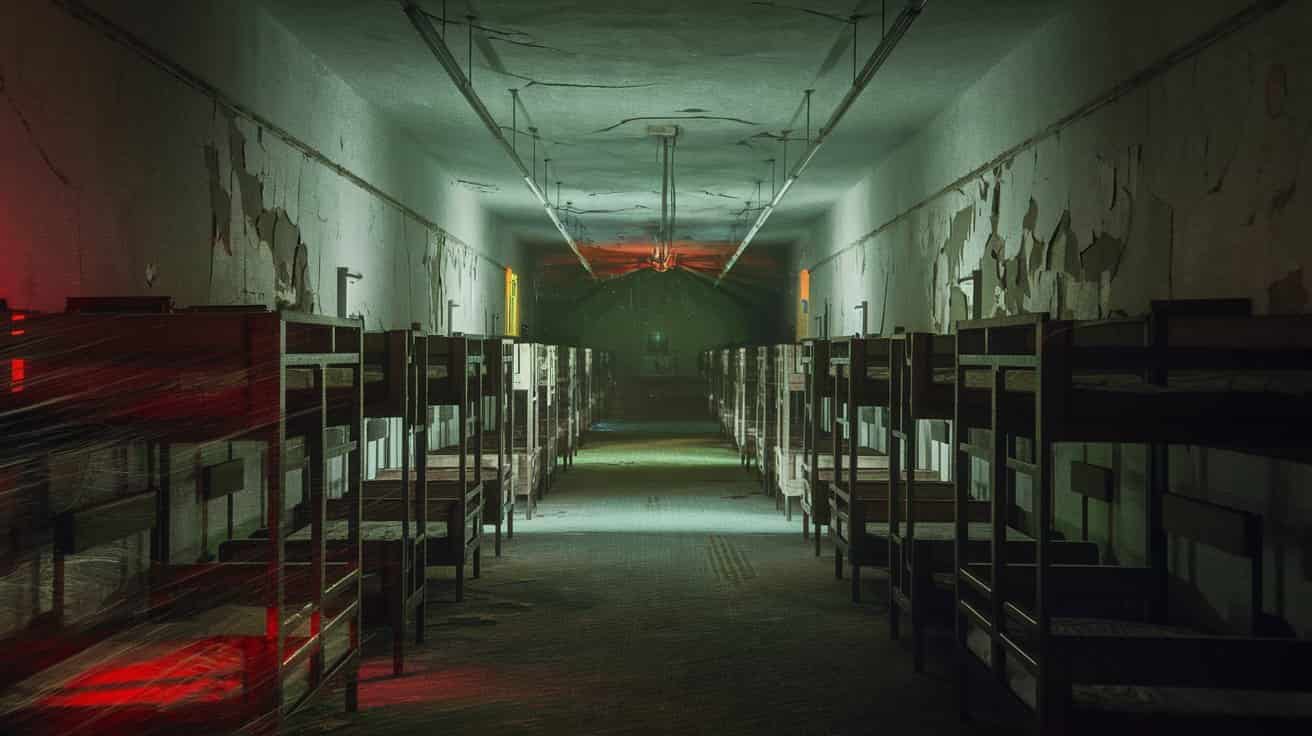The Dark Side of the Moon: Mysteries and Theories
For centuries, humanity has been captivated by the Moon, drawn to its influence on Earth and its inherent mystery. Among the various aspects of the lunar body, the Dark Side of the Moon has become one of the most intriguing. This elusive hemisphere, hidden from view, continues to spark curiosity and speculation. But what exactly does this term mean, and why has it become such a focal point for both scientific inquiry and popular imagination? Let’s explore the secrets of the Moon’s far side and the theories that surround it.
What Is the “Dark Side of the Moon”?
The term “dark side of the Moon” often leads to misconceptions. Rather than being perpetually engulfed in shadow, the “dark side” refers to the Moon’s far side — the hemisphere that is never visible from Earth. This phenomenon is due to tidal locking, where the Moon’s rotation period matches its orbit around Earth.
Although both sides of the Moon receive equal sunlight throughout its orbit, the far side remains hidden, fueling its reputation as mysterious and unexplored. This unique alignment has shaped not only scientific interest but also cultural and artistic fascination.
Historical Firsts: Luna 3 and Beyond
The first glimpse of the Moon’s far side came in 1959, courtesy of the Soviet Union’s Luna 3 spacecraft. This mission revolutionized lunar exploration by capturing grainy images of the far side, revealing a rugged, heavily cratered terrain strikingly different from the near side.
Unlike the near side, which features vast plains called maria, the far side appeared devoid of such features. This stark contrast raised questions about the Moon’s formation and evolution, spurring further exploration in the decades to follow.
Subsequent missions, including NASA’s Apollo program and robotic lunar probes, expanded our understanding of this hidden hemisphere, yet many questions remain unanswered.
Unraveling the Mysteries: Scientific Theories
- Lunar Asymmetry
The Moon’s near and far sides differ significantly in composition and appearance. Scientists believe this asymmetry stems from the Moon’s violent origins, possibly resulting from a colossal impact. Gravitational interactions with Earth may have influenced the Moon’s uneven mass distribution, leaving the far side craggy and mountainous while the near side developed smoother maria. - A Haven for Radio Astronomy
The far side offers a unique environment free from Earth’s radio frequency interference. Scientists see it as an ideal location for radio telescopes, capable of observing distant cosmic phenomena without terrestrial disruptions. - Geological Insights
The far side’s ancient surface holds clues to the Moon’s early history and the broader solar system. By studying its craters and mineral composition, researchers hope to piece together the Moon’s evolution.
Conspiracy Theories: Alien Bases and Hidden Secrets
The hidden nature of the far side has inevitably inspired conspiracy theories. Some claim it harbors extraterrestrial bases or evidence of alien activity, citing peculiar features in photographs. However, these theories lack credible evidence and remain speculative.
Such narratives, while entertaining, often overshadow the legitimate scientific inquiries aimed at uncovering the Moon’s secrets.
Chang’e-4: A Breakthrough in Lunar Exploration
In 2019, China achieved a historic milestone with the Chang’e-4 mission, the first spacecraft to land on the Moon’s far side. Equipped with advanced instruments, the mission provided detailed data on the far side’s geology, revealing new insights about the lunar mantle and crust.
Chang’e-4 also carried a small biosphere experiment, testing the viability of growing plants in the Moon’s unique conditions. This groundbreaking mission has paved the way for future exploration, underscoring the far side’s scientific potential.
The Future of Lunar Exploration
The Moon’s far side is central to humanity’s plans for space exploration. NASA’s Artemis program aims to establish a sustainable lunar presence, focusing on scientific research and technological advancements. Future missions may prioritize the far side for radio astronomy projects and as a potential launch site for missions to Mars and beyond.
Private companies and international collaborations are also contributing to this new era of lunar exploration, heralding unprecedented opportunities to unlock the Moon’s secrets.
The Allure of the Moon’s Hidden Face
The “dark side of the Moon” continues to captivate scientists, artists, and dreamers alike. Its mysterious terrain, historical significance, and potential for discovery make it a subject of enduring fascination.
As humanity ventures further into space, the far side will undoubtedly play a vital role in our quest to understand the cosmos. With each new mission, we move closer to unraveling the Moon’s secrets, bridging the gap between mystery and knowledge.



Post Comment